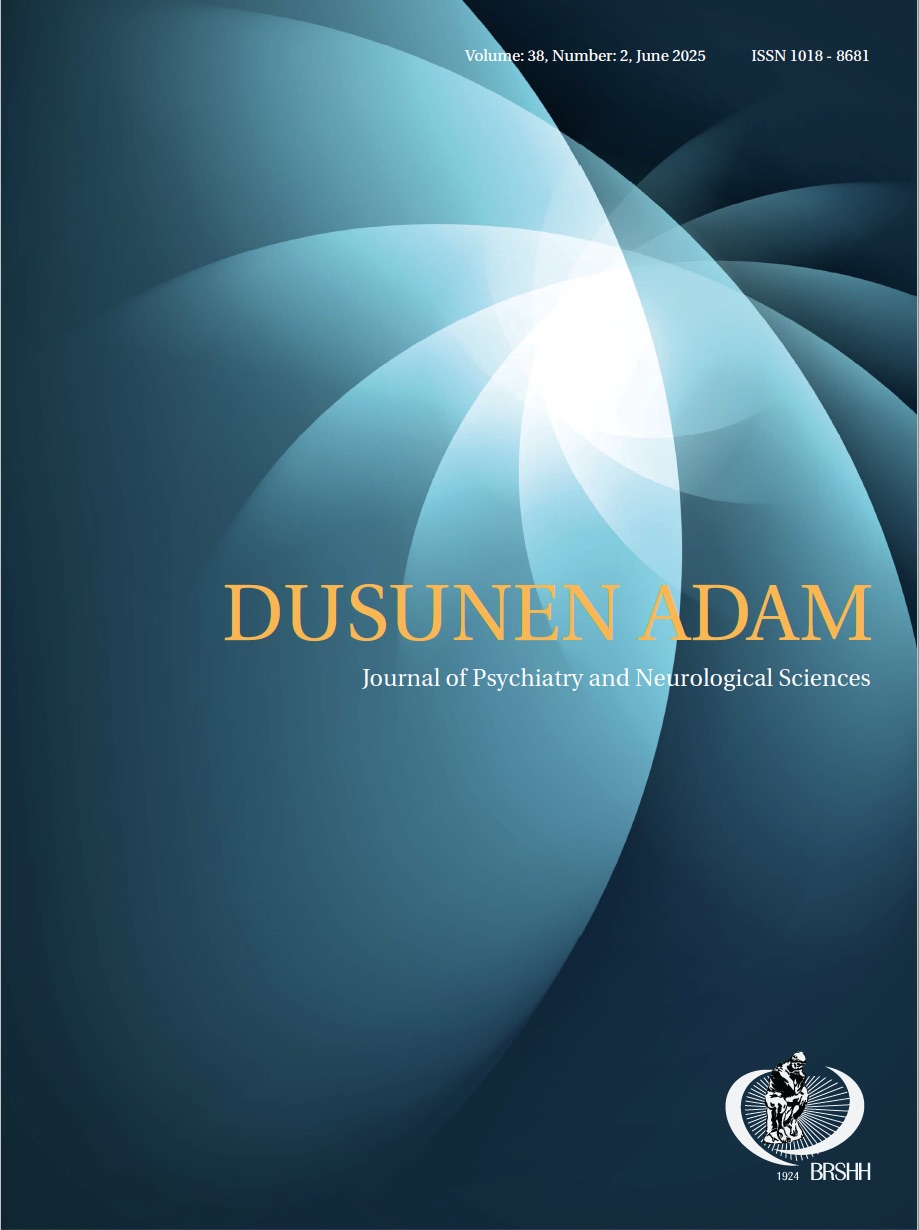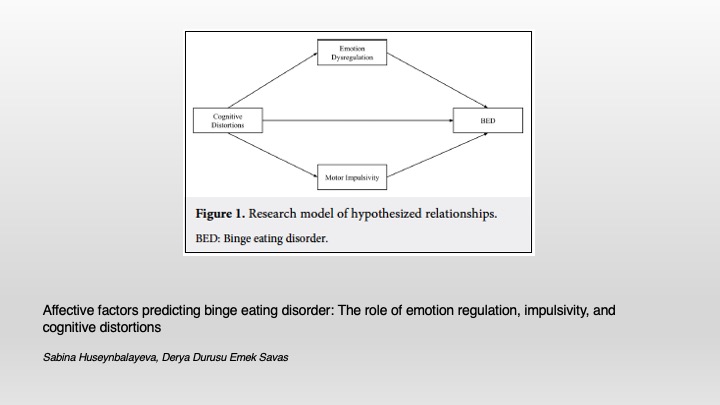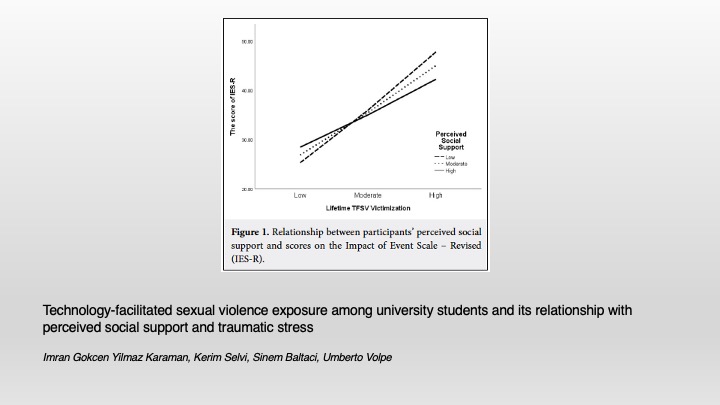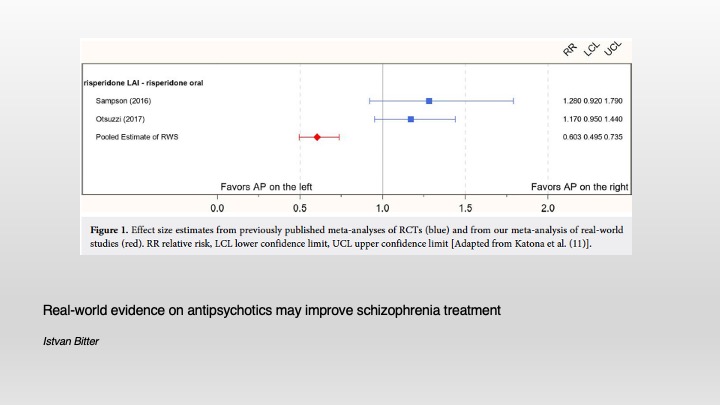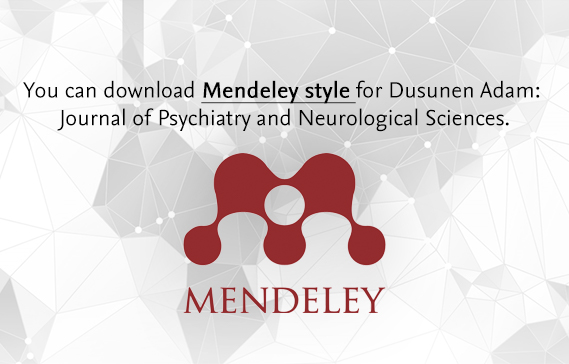INTRODUCTION
Violence, as old as the history of humankind, is difficult to define because of its complexity. Violence, with its many different manifestations, is described by International Labor Organization (ILO), International Community of Nurses (ICN) and World Health Organization (WHO). Any physical attack or intimidation applied to a person or a group of people to harm the physical, intellectual, mental, ethical and social development of the targeted party is described as violence. Violence to healthcare providers can be defined as any behavioral and verbal intimidation or physical and sexual attack generated by the patient, relatives of the patient or any third party that creates a risk for the healthcare professional (1-7).
Violence to healthcare providers has become a globally increasing problem (2-7). Therefore, this topic has taken an increasing attention in recent years and numerous researches have been carried out. Many studies conducted on the healthcare professionals strikingly display the experienced violence. As a common point of all the scientific research, healthcare service is a structured and labor-intensive area, where violence is highly prevalent due to the nature and structure of the field. Moreover, it is observed that nurses and physicians are exposed to violence more than any other healthcare professional, verbal and physical violence is widely seen in medical services and physical aggressors are usually the patients or their relatives. Besides, it is reported that healthcare providers are widely anxious about being subject to violence (2,8-12).
Violence to healthcare providers may be experienced anywhere in a healthcare center. Nonetheless, psychiatry clinics are among the places where violence is seen the most (5). Findings of two studies conducted in a mental health hospital in our country showed that healthcare professionals and especially nurses are drastically exposed to violence (3,7). It is observed that findings of studies in other countries (6,13,14) are in consistency with ours; and besides this, it has been detected in some studies that in-ward violence events were not reported (15,16).
Violence to healthcare providers adversely affects the therapeutic ambience that supports the patients’ self-respect and self-confidence, improves the communication and interaction skills and set them out for social environment. It is observed that people quit doing their job and discontinuation, service related mistakes as well as stress increase and anger, depression, fatigue, dread and anxiety are felt because of violence, which in turn leads to loss in quality of service provided by healthcare professionals and lesser total quality (3,5,10,16-24).
It is apparent that, violence to healthcare providers in psychiatry clinics has negative consequences on both the healthcare professionals and the patients (3,7,12). Thence, detection of workplace risks associated with violence and taking preventive precautions as well as profiling the conditions and features of violence to healthcare providers in healthcare institutions is considered crucial. Starting from this ground, this study was carried out in order to assess the frequency and contributing factors of violence to healthcare providers working in a mental health hospital.
METHOD
This descriptive study was carried out with the healthcare professionals working in a mental health hospital between March-May 2011. Our sample is consisting of 178 healthcare professionals who has been employed in the institution at the time of research and accepted to participate in the study.
Data were collected by using a form designed by the investigators. The data collection form is consisting of 3 sections and 15 items (two questions for identification, four questions for occupational profiling and nine questions about violence history of the healthcare professional).
Data collection form was dispensed to the healthcare providers participating in the study after having the ethical committee approval and implementation allowance. The participants were informed about the study and convinced about using the data only for research purposes and keeping IDs confidential. Out of 318 data collection forms distributed to the participants, 252 were retrieved. Sixty-six forms were excluded for being incompletely filled and 178 were included into the study.
Number-percentage method was used for evaluation of the data while Chi-square test was applied for analyses.
RESULTS
In reference to the sociodemographic data of the participants collected and sorted out, 40.8% were 31-38 years old and 69.1% were female. In particular of occupational profile of participants, 4.1% were physician, 4.7% were psychologist, 10% were health technician, 14.1% were utility server and 10% were other (Table 1, 2).
In Table 2, distribution of exposure to violence in terms of occupational status is given. Tabulated data reveals that nurses (χ2=29.13, p<0.01) and employees of contained services (χ2=17.80, p<0.01) are the most exposed groups.
Evaluation of violence history data revealed that 73% of the participants were exposed to violence, 68.8% came under violence in the last one-year time, 80.3% had an exposure frequency of 1-4, 87.2% had a violence generated by relatives of patients and 85.4% were exposed to violence while working in the place of duty (Table 3).
For the description of diagnoses and type of violence generated by patients, line percentage values were referred. The data displayed that 48.3 of the hospitalized cases had the diagnosis of schizophrenia, 51.1% of the violence events were of physical and 51.1% were verbal (Table 3). Of those physical attacks, 63.2% were beating, 31% were truculence, 2.3% were laceration, 2.3% were grabbing of upper extremities and 1.1% was biting. The breakdown of emotional violence events were 58.3% pitying and 41.7% crying. Among verbal violence events, 53.5% were insulting, 37.6% were cursing and 8.9% were coercion. In the category of sexual violence, 52.4% were touching, 28.6% were explicit talking, 14.3% were attempting to kiss and 4.8% were indecent exposure.
39.1% of the healthcare professionals who were exposed to violence reported worry and perplexity, 39.8% did nothing, 32% sought medical help (Table 3). None of them informed the management of the institution they work for, after exposure (Table 3).
DISCUSSION
There are plenty of descriptive studies about healthcare professionals exposed to violence (2,9-12,25-28). Moreover, studies aiming description of violence exposure of healthcare professionals working in psychiatry departments (3,7,24,29-31) were carried out. It is reported in studies with various rates that healthcare professionals were exposed to violence at least once within the last one year (2,3,7,14,18,32). The findings of this study are in conformance with those reported in the literature and violence applied to healthcare professionals was observed to remain in the course of years. Besides, when evaluated, the related studies demonstrated that the most frequently applied types of violence to healthcare professionals were verbal and physical, sexual violence was not scarce (3,7,14,24) and aggressors are usually the patients and/or their relatives (6,7,14,29,30).
The most frequently exposed professionals in our study were nurses. In comparable studies, the leading group of professionals exposed to violence was reported as nurses and among physicians, those who work in psychiatry departments were exposed to violence at peak. Being in contact with patients more and longer than any other healthcare professional as well as their potential to face the service-related crises directly make the nurses the most vulnerable healthcare professionals to aggressive patients (2,3,7,9,15,33-37). In conjunction with this fact, training the psychiatric nurses about the management of aggression is considered important for the workplace safety. On the other hand, in some studies, the professional experience of healthcare providers was regarded as a risk factor for violence (2,9). However, although 76.9% of our sample has been serving in the same institution for 1-6 years, no significant difference with other groups was detected.
In the study, the contained service was found to be significantly the most exposed workplace. Patients with severe symptoms, lacking cognitive and behavioral control, who are in acute phase of the illness, exist in contained services. Patients with excitation in acute phase are reported in the literature to be the most risky group for attacking and generating violence (4). In light of this knowledge, it is thought that personnel of the contained services are the most vulnerable to aggression and violence and therefore, people who work in contained services have to be more cautious.
In the study, it was recorded that the healthcare professionals who were exposed to violence, usually feel perplexity and worry, in addition to apathy, anger and apprehension. In studies carried out about the matter workplace violence was observed to cause negative affect and lead to psychological problems in the long term. The study by Gokce and Dundar (3) that had been conducted in the mental health hospital in Samsun demonstrated the progressively increasing anxiety associated with exposure to violence. The study carried out by Inoue et al. (13) on nurses who were exposed to violence showed that violence influenced the nurses adversely whereas the family support contributed to their psychological state. Kindy et al. (22) displayed that the nurses, who were applied violence, failed to feel the workplace conditions safe but feel depressed, highly excitable, and unsafe and have been afraid of interacting with patients. Consistently, Bilgin and Buzlu (33) recorded that almost half of the psychiatry nurses have not been feeling themselves safe in the workplace and a majority of them have remained anxious about being exposed to violence (3,13,22,33). There are references reporting depression, psychological trauma and increased performance anxiety after being exposed to violence (5) while some others mention about shock, anger, depression, apprehension, tension and weakness (19). Workplace violence is observed to affect the whole life. Thus, it is thought that the healthcare providers who were applied violence should get psychological consultancy and support.
In the study, it was detected that 32% of the healthcare professionals who were exposed to violence sought for medical care but made no formal notification. Evaluation of related literature revealed that healthcare providers and especially those who work in psychiatry departments, rarely report about violence events and usually stayed silent (7,15,16,34). In a study made to assess the frequency and intensity of aggression in a psychiatry clinic, Brizer et al. (15) recorded that only a very few violence cases were reported. In the same study, the grounds for the exposed professionals not to report the event are listed as follows: “would be overriding the patient’s rights”, “the patient cannot be blameworthy”, “the patient would be agitated because of notification” and “this is the natural consequence of dealing with that type of patients”. In consideration of all of these justifications, it becomes rather difficult to assess the frequency and intensity of such violence events and to get the statistics in this field.
In the study, it was observed that the majority of healthcare professionals were exposed to violence, the most frequently applied types violence were verbal and physical, the aggressor was generally the patient, and the most exposed professionals were nurses and those who work in contained services. It can be recommended that patients with high risk of violence should be pre-determined and healthcare providers should be trained about self-protection. Moreover, it was recorded that healthcare professionals who were applied violence, had negative feelings afterwards but did not report violence. Therefore, informing the healthcare providers about the importance of reporting for better detection, correction and prevention of risky situations can be advised. Supportive approach of institutional management is important as well. Medical and psychological care and treatment for exposed professionals might help cope with the negative affect associated with violence.
It is obvious that healthcare providers working in psychiatry services are at risk of violence. However, in recent years, the increasing prevalence of violence applied to healthcare professionals is a fact in our country, as mentioned in the media. Even though the psychiatry services are known to be at high risk, we should not ignore that the psychiatric patients and their relatives are not the only aggressors.

